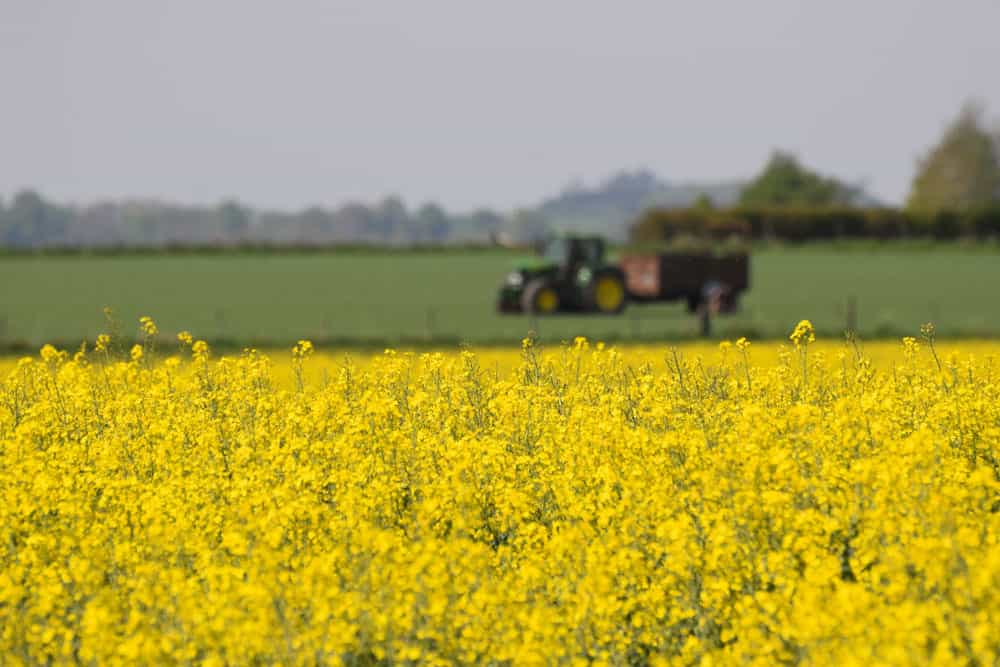Understanding input finance and why it matters
Farming is a business made of precision and planning, where financial stability is just as critical as weather conditions and soil health. Yet, rising input costs covering essentials including fertiliser and feed place enormous pressure on farm budgets. With farm input costs increasing by an average of 44% since 2019 (AHDB), many farmers are struggling to maintain cash flow while keeping operations running efficiently.
This is where input finance comes in. Farm loans for seeds and fertilisers are a form of agricultural finance, they enable farmers to purchase critical supplies without needing to pay for them upfront, allowing them to align repayments with their revenue cycle.
With ongoing market uncertainty, farmers need solutions that provide financial flexibility, helping them invest in quality inputs while maintaining working capital.
The growing importance of input finance in UK agriculture
Rising costs and market volatility have made financial planning more complex than ever for farmers. Fertiliser prices have more than doubled since 2020, while feed and fuel prices have risen by as much as 50%, adding financial pressure on farm businesses (AHDB). Many farmers now face unpredictable cash flow, with seasonal income making it difficult to cover upfront costs when revenue is not immediately available.
Market uncertainty caused by policy changes, supply chain disruptions, and climate factors further complicates financial stability. Limited financing options often leave farmers feeling restricted, forcing them to cut back on essential inputs or take on high-cost credit options. Input finance provides a structured and affordable way to manage these expenses, ensuring that farms remain operational and competitive.
A step-by-step guide to using input finance effectively
1. Assess your farm’s input requirements
- Conduct a full audit of your farm’s upcoming seasonal needs, including fertiliser, feed, & other agrochemicals
- Identify essential versus optional purchases to prioritise critical inputs.
- Consider historical data on usage and costs to make informed purchasing decisions.
2. We can offer input finance over a 12-month period
- Opt for seasonal repayment plans that align with harvest profits or livestock sales.
- Factor in possible price fluctuations for inputs and plan your financing accordingly.
- Spread costs strategically to avoid large lump-sum payments at inopportune times.
3. Implement a strong financial tracking system
- Use accounting software or spreadsheets to monitor loan repayments and overall cash flow.
- Regularly review input costs and adjust financing strategies where necessary.
- Maintain detailed records to help with future applications and negotiations with finance providers.
4. Build contingency plans
- Anticipate possible risks such as unexpected weather disruptions or supply chain delays.
- Secure access to emergency credit facilities for unforeseen challenges.
- Keep a reserve fund where possible to cushion against seasonal cash flow dips.
As farming costs continue to rise, flexible financial solutions such as finance for farm supplies will become increasingly vital. More farmers are looking for ways to secure essential inputs without tying up capital, for long-term growth.
Making input finance work for you
With tailored finance options designed for the unique needs of UK farmers, we’re here to help. Our team understands the challenges you face and provides solutions that work with your business, not against it.If you’re ready to explore how input finance can support your business, contact us today to speak with one of our agricultural finance specialists.




